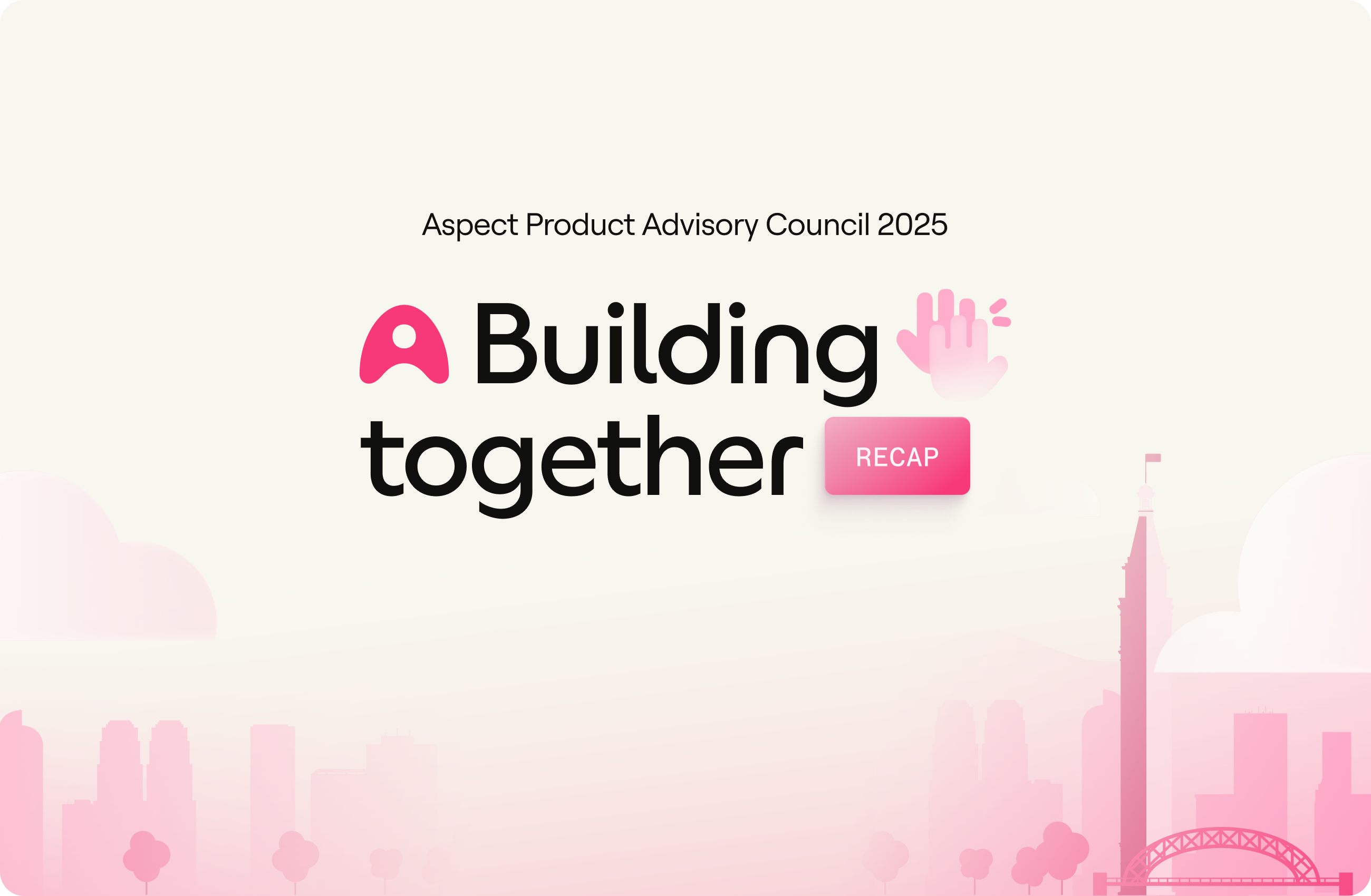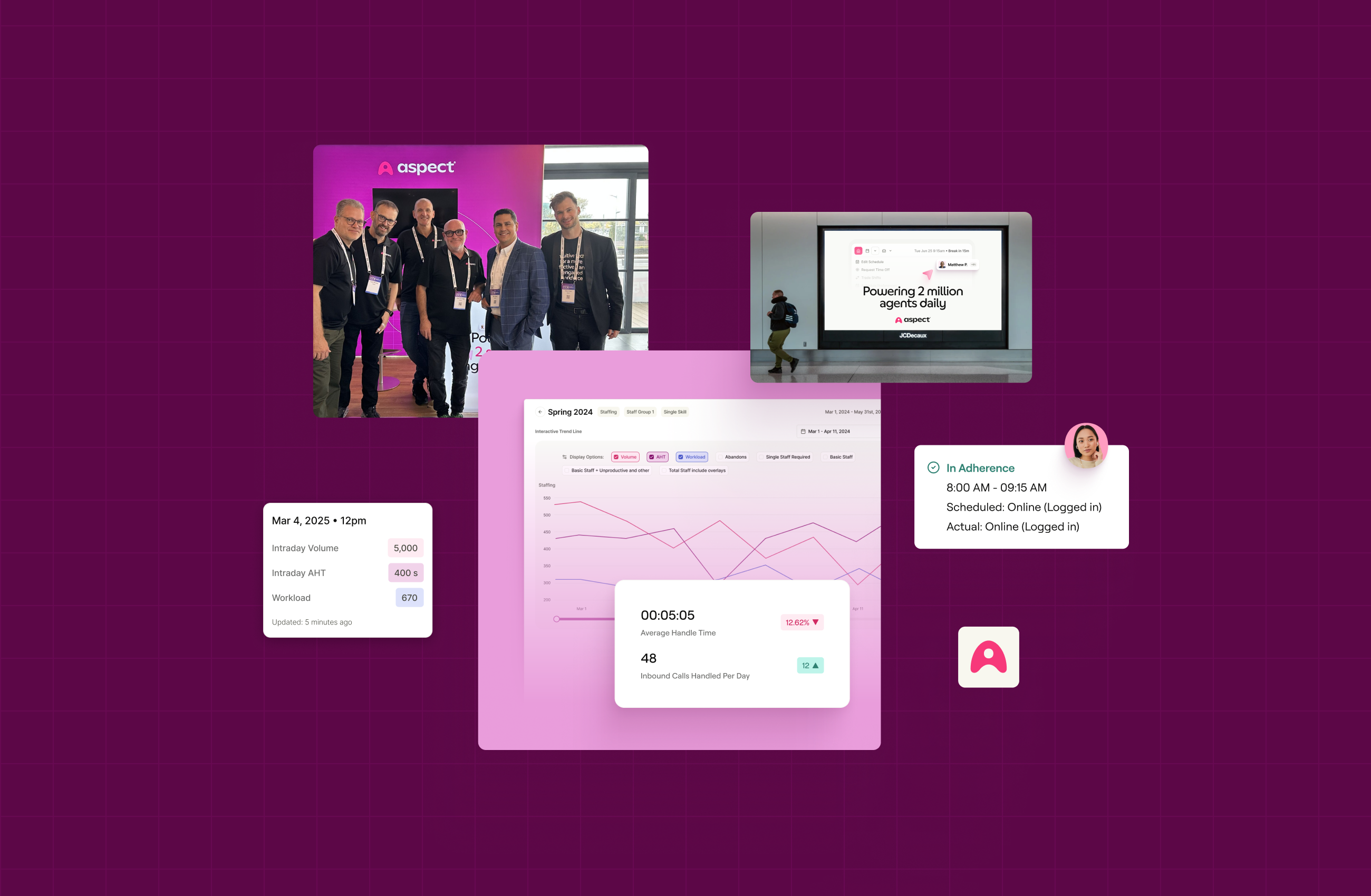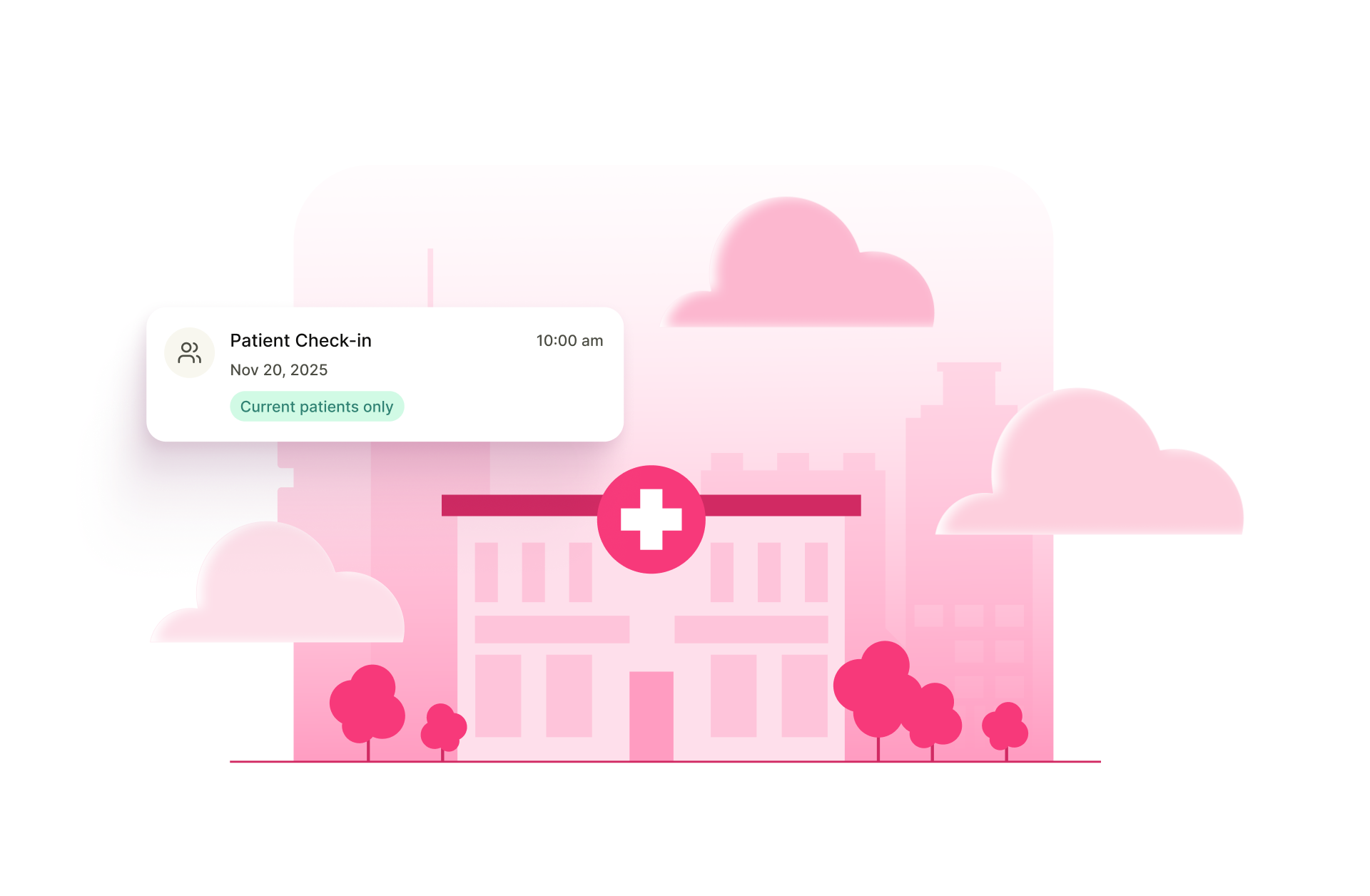From food delivery services to rideshares, the gig economy has changed the workforce and the ways businesses operate in various sectors.
During our last webinar, "The rise of the gig economy: Freedom or exploitation?" the Aspect team explored how the gig economy is impacting workers, the ways that traditional roles are changing, and how workforce management solutions can further promote flexible work.
In this blog, we’ll explore what the gig economy is and highlight some key webinar takeaways from our workforce experts.
What is the Gig Economy?
The gig economy or "gig work" refers to jobs that are short-term, part-time, or freelance work, rather than traditional permanent roles. The gig economy is a labor market that allows workers to work when they want to, promoting flexibility, work-life balance, and often immediate payment.
Gig work has become a popular employment model in recent years, offering benefits to both workers and businesses by providing quick, flexible solutions in customer service environments.
Key characteristics of gig work:
- Flexibility in scheduling
- Project- or task-based compensation
- Remote work capabilities
- Technology-enabled job matching
“Depending on where they're at in their career, workers want more flexibility. They want more choice. I also think from an economic standpoint, it's helping people bridge gaps. If someone isn’t necessarily making ends meet with conventional work, I think the gig economy helps fill in a lot of those gaps too." - Shawn Livengood, Solutions Consultant
Benefits of the Gig Economy
The gig economy can support the needs of workers and businesses, providing cost-effective labor and flexible work.
Benefits for businesses:
- Cost efficiency through reduced overhead
- Scalability to meet fluctuating demand
- Access to diverse talent pools
- Reduced training and onboarding investments
Benefits for workers:
- Schedule flexibility and work-life balance
- Opportunity to work with multiple companies
- Entry point opportunities for workers to gain experience
- Location independence
- Skill diversification
"If you have a workforce that's showing up when they're ready to work on their schedule, they don't have that burnout of being forced in a box that will impact your customer service. If you position your employees for success, you're gonna get that downstream impact as a business as well." - Ian Storm, Director of Strategic Solutions
The traditional contact center model vs. gig-based approach
Traditional contact center models involve hiring and training full-time employees who exclusively work for one organization. When a contact center needs to fill gaps in a schedule, it pulls from the existing pool of available workers.
Many contact centers are unlikely to take a full-on gig-based approach, employing only gig workers. However, a gig-based approach can be used to fill gaps in schedules and ensure that contact centers are properly staffed.
Contact centers that require heavy technical skills may need full-time employees for complex service interactions, but gig workers can be used to fill schedule gaps for routine tasks or work that doesn't require a technical skill set.
Employee experience in the gig economy
Whether employing full-time employees or contracting gig workers for tasks, positive employee experience is at the core of business success.
Organizations that adopt a variation of the gig economy model may find it difficult to build company culture, particularly one with values surrounding employee experience. Poor adoption of gig economy models can lead to negative work culture, with businesses viewing employees almost like tools they can pick up and use only when needed.
This is where the importance of an ownership model comes into play. Businesses that rely on gig work to fill scheduling gaps must view employees as the owners of their work—this applies to full-time employees too!
Contact centers have historically struggled with micromanagement and high attrition rates. This is due in part to employees having little flexibility and consideration for their needs or well-being. A fundamental shift toward prioritizing employee experience and treating employees like adults who do their best work when they're ready to do it is key.
"Companies are scared that they're not going to have enough people to work and calls won’t be take. We need to shift our mindset when we're thinking about that, because that's not always the worst thing in the world. The worst thing in the world is that you haven't necessarily treated your employees well enough and they won’t show up to do that work." - Carolyn Pilgrom, Director of Onboarding, Adoption, and Training
Challenges and considerations of gig work in contact centers
While the gig model can offer advantages for many businesses, it also presents unique challenges in contact center spaces and other sectors.
Important considerations include:
- Quality control and consistency in customer interactions
- Data security and compliance concerns
- Building company loyalty and culture
- Technology integration for remote workers
- Worker classification and legal considerations
When implemented thoughtfully, gig work can be beneficial for businesses and workers.
Technology solutions like workforce management software can ease challenges for both full-time employees and gig workers, ensuring balanced work flexibility and optimized performance.
Future gig economy trends and predictions
As the world of work changes and economic requirements shift, workers need flexible work that meets them where they are.
Gig work can fill gaps for businesses and workers alike, emerging as a crucial model in today's workforce.
Here are a few key webinar takeaways on future gig economy trends:
- Expansion into traditional industries: Gig work will increasingly spread to traditional sectors, including contact centers, healthcare, and other industries that have high labor demands.
- Filling workforce gaps: Gig workers will likely be utilized to address specific organizational gaps that don't require full-time employees, cutting costs for the business and providing additional work opportunities for non-traditional employees.
- Higher-skilled gig opportunities: The gig model is expected to expand beyond entry-level positions to include professional roles such as traveling doctors, nurses, and even fractional C-suite executives.
- Flexibility as a key incentive: Gig work not only includes quick compensation but also promotes flexibility and work-life balance.
"The gig economy is not just a trend. It's gonna change the way we work." - Ian Storm, Director of Strategic Solutions
The gig economy represents a significant shift in how contact centers can operate. By understanding both the opportunities and challenges, organizations can leverage this model to enhance customer service while providing flexible opportunities for workers.
Are you interested in learning more about how Aspect's workforce management can help your business prepare for future workforce shifts? Contact our team today to discuss your evolving workforce needs and how to future-proof your operations.









